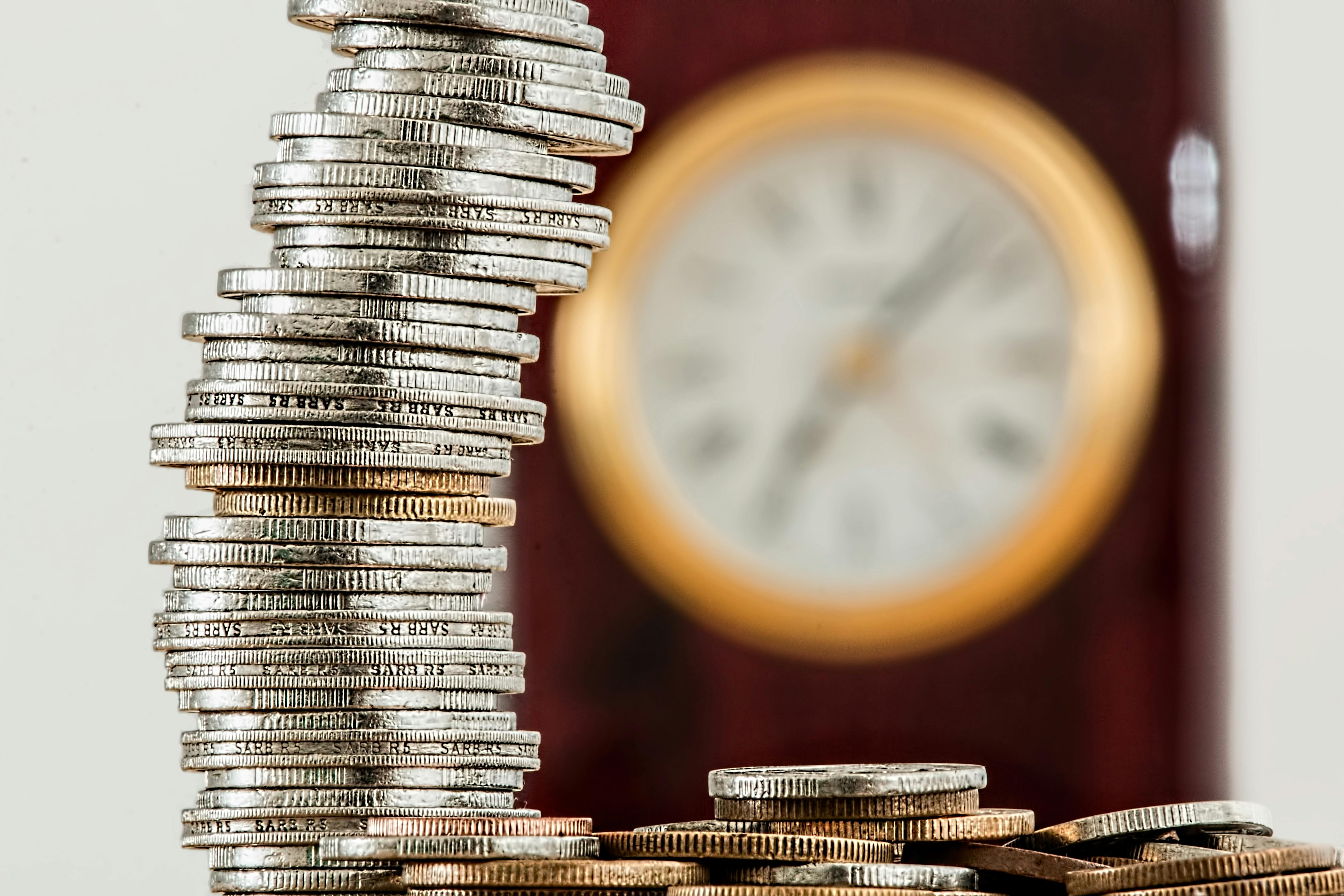UEP
How to Write a High-Quality Project Proposal for EU Funding
Preparing a project proposal for EU co-financing is not merely a technical task—it is a strategic process that demands clarity, structure, and timely execution. Based on years of experience in preparing successful applications, we present a comprehensive overview of the key elements that form the foundation of a strong project proposal.
What makes a strong project proposal?
For instance, if you are applying for an energy renovation project, it is not enough to simply state that a building is energy inefficient. This claim should be supported with an energy certificate, data on energy consumption, and specific consequences for users. Project goals might include a 40% reduction in energy consumption, an improvement in the building’s energy class, and a decrease in CO₂ emissions. The expected results must be measurable and linked to the initial situation.
A strong proposal responds to the real needs of the target group, clearly defines the purpose and expected outcomes, and fully complies with both formal and content-related requirements of the project call. In practice, this means:
• Clearly defining the problem the project addresses, including its causes, consequences, and the target group.
• Demonstrating the link between the overall objective, specific goals, and measurable outcomes.
• Ensuring alignment with the objectives of the project call and relevant national development strategies.
• Proving feasibility through a realistic activity plan, budget, timeline, and a competent implementation team.
Documentation and Timeliness: Formal Requirements Matter
Even the best idea will be rejected if the proposal does not meet formal criteria. This includes:
• Submitting the application on time, in the required format.
• Including all mandatory documentation (forms, statements, financial data, partnership agreements).
• Ensuring all documents are current—certificates, extracts, and financial data must be valid on the submission date.
• Meeting technical specifications—correct file formats, digital signatures, and proper upload procedures.
In practice, applicants most often fail on formalities—forgetting a required statement, submitting documents in the wrong format, or overlooking document validity. These errors typically result in automatic rejection without the opportunity for correction.
Submitting the Project and Communicating with Authorities
Applications are usually submitted via official platforms such as eFondovi or the European Commission portal. It is essential to:
• Use the specified system and official forms provided with the project call.
• Ensure all document versions are consistent.
• Communicate with the intermediary body in a timely and formal manner—respecting deadlines for inquiries.
The quality of the application directly influences the number of evaluation points awarded. Criteria include the structure and logic of the proposal, clarity of goals, sustainability of outcomes, applicant capacity, and adherence to cross-cutting principles. Higher scores significantly improve the chances of securing funding.
A Good Project Begins with a Clear Structure
It is advisable to create an internal project structure before drafting the application. This logical framework typically includes:
• Problem analysis
• Goal and outcome analysis
• Detailed activity description
• Definition of success indicators
• Sustainability plan
• Budget development
This approach ensures coherence, clarity, and strong alignment between goals and planned activities.
Don’t forget to integrate cross-cutting principles such as gender equality, accessibility for persons with disabilities, and sustainable development. Their inclusion is often mandatory and can yield additional evaluation points.
Writing a project proposal goes far beyond filling out forms—it requires strategic thinking, planning, and proper documentation. A high-quality project stems from a clearly defined need, realistic goals, measurable outcomes, and professional preparation.


